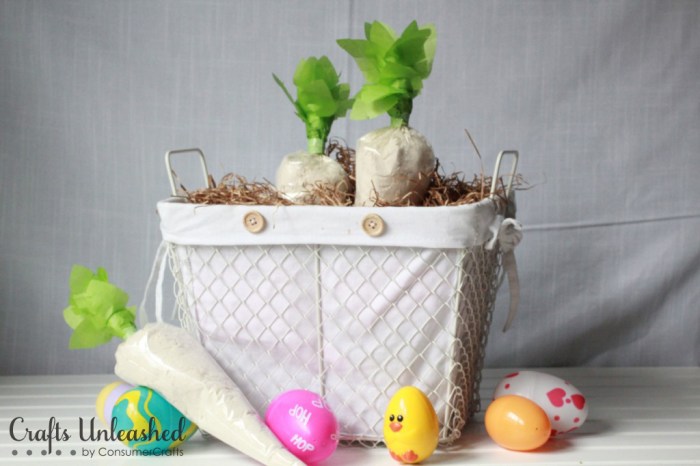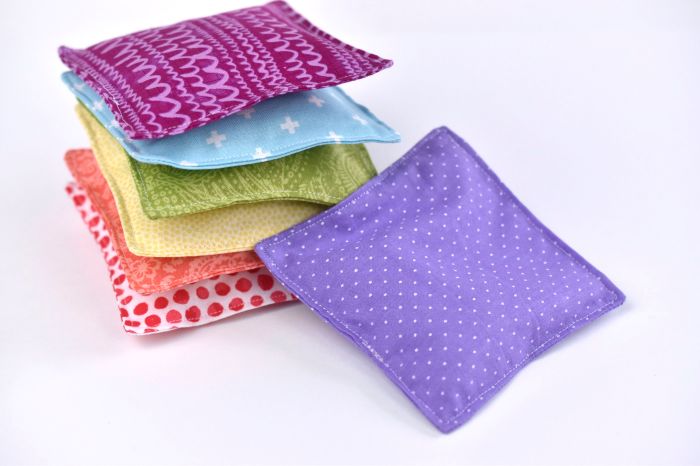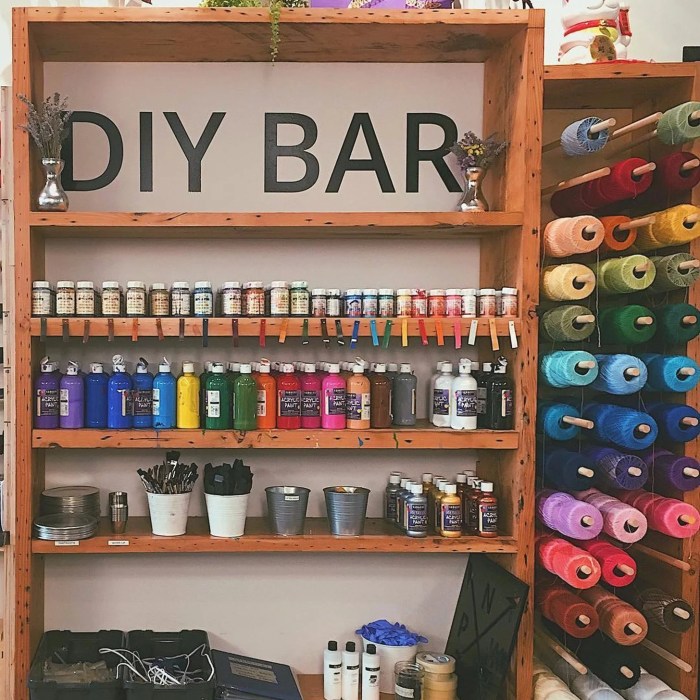DIY Gesso: Ready to unlock the secrets of creating your own primer for art and craft projects? Dive into the world of gesso, where you’ll learn how to craft this essential material from scratch, exploring its versatility and unique qualities. From understanding the basics of gesso to discovering exciting DIY recipes and techniques, this journey will empower you to create personalized primers that perfectly suit your artistic needs.
Gesso, a foundational element in art and craft, serves as a primer that prepares surfaces for painting. This versatile material enhances adhesion, creates a smooth surface for applying paint, and even adds texture and dimension to your artwork. But why settle for commercially available gesso when you can create your own, tailored to your specific needs and preferences?
What is Gesso?
Gesso is a primer used in art and craft projects to prepare surfaces for painting. It’s a white, opaque substance that creates a smooth, even surface that paint can adhere to better. Gesso also helps to prevent the underlying surface from showing through the paint, making colors more vibrant and the overall painting more professional.
Types of Gesso
The type of gesso you choose will depend on the surface you are preparing and the type of paint you will be using. Here are some of the most common types of gesso:
- Acrylic Gesso: This is the most popular type of gesso. It is made from acrylic polymers and is water-based, making it easy to clean up. Acrylic gesso dries quickly and can be used on a variety of surfaces, including canvas, wood, paper, and even metal. It is compatible with both acrylic and oil paints.
- Oil-Based Gesso: This type of gesso is made from oil and is typically used for oil paintings. It provides a more durable and smoother surface than acrylic gesso and is known for its excellent adhesion. Oil-based gesso takes longer to dry than acrylic gesso and requires solvents for cleanup.
- Rabbit Skin Glue Gesso: This traditional gesso is made from rabbit skin glue, which is a protein-based adhesive. It is often used for preparing wood surfaces for oil painting. Rabbit skin glue gesso creates a very smooth and absorbent surface that is ideal for traditional oil painting techniques. It requires careful preparation and is not as readily available as other types of gesso.
DIY Gesso Recipes
Making your own gesso is a rewarding experience, offering a sense of control over your art supplies and the opportunity to experiment with different textures and colors. This section explores some DIY gesso recipes, highlighting the advantages and disadvantages of this approach.
Basic Gesso Recipe
A basic gesso recipe is a simple mixture of readily available ingredients, providing a foundation for understanding the process and experimenting with variations.
- Ingredients:
- 1 cup white acrylic paint (matte finish is preferred)
- 1/2 cup white glue (such as PVA glue)
- 1/4 cup water
- Instructions:
- In a bowl, combine the acrylic paint, white glue, and water.
- Mix thoroughly until a smooth, creamy consistency is achieved.
- Adjust the consistency by adding more water for a thinner gesso or more glue for a thicker gesso.
- Apply the gesso to your canvas or surface using a brush, roller, or even a sponge.
- Allow the gesso to dry completely before applying paint.
Textured Gesso
Textured gesso creates a unique surface for your artwork, adding depth and visual interest.
- Ingredients:
- 1 cup basic gesso (prepared as above)
- 1/4 cup sand (fine or coarse, depending on desired texture)
- Optional: Other textural elements like sawdust, pumice, or even small pieces of fabric
- Instructions:
- In a bowl, combine the basic gesso with the sand or other textural elements.
- Mix thoroughly to distribute the elements evenly throughout the gesso.
- Apply the textured gesso to your canvas or surface using a brush, palette knife, or other tools to create different patterns.
- Allow the gesso to dry completely before applying paint.
Colored Gesso
Colored gesso adds a subtle hue to your canvas, creating a unique background for your artwork.
- Ingredients:
- 1 cup basic gesso (prepared as above)
- Acrylic paint in desired color (small amounts, as color intensity can be adjusted)
- Instructions:
- In a bowl, combine the basic gesso with the acrylic paint.
- Mix thoroughly until the color is evenly distributed.
- Apply the colored gesso to your canvas or surface using a brush, roller, or sponge.
- Allow the gesso to dry completely before applying paint.
Advantages and Disadvantages of DIY Gesso
Advantages:
- Cost-effective: Making your own gesso can be significantly cheaper than buying pre-made gesso, especially if you use readily available ingredients.
- Customization: You have complete control over the ingredients and consistency of your gesso, allowing you to create a product tailored to your specific needs.
- Experimentation: DIY gesso opens up possibilities for experimenting with different textures, colors, and additives, allowing you to explore unique effects.
Disadvantages:
- Time-consuming: Making gesso from scratch takes time, especially if you’re experimenting with different recipes.
- Consistency: Achieving a consistent texture and quality can be challenging, especially for beginners.
- Shelf life: Homemade gesso may have a shorter shelf life compared to commercially available products.
Gesso Primer Uses: Diy Gesso
Gesso is a versatile primer that is used in various art mediums, including acrylic paints, oil paints, and watercolors. It plays a crucial role in preparing surfaces for painting, ensuring proper adhesion and creating a smooth, even surface for optimal results.
Gesso as a Primer for Different Art Mediums
Gesso acts as a barrier between the painting surface and the paint, enhancing adhesion and preventing the paint from sinking into the surface.
- Acrylic paints: Gesso creates a smooth, non-porous surface that allows acrylic paints to flow easily and dry evenly. It also helps prevent the acrylic paints from becoming absorbed into the canvas or paper, resulting in vibrant colors and a smooth finish.
- Oil paints: Gesso provides a tooth, a textured surface that helps oil paints adhere properly. It also prevents the oil paints from yellowing over time by creating a barrier between the paint and the surface.
- Watercolors: Gesso can be used to create a waterproof surface for watercolors, preventing the colors from bleeding and creating a more controlled effect. It also adds a slight texture to the surface, allowing for more interesting watercolor effects.
Creating a Smooth Surface for Painting
Gesso fills in any imperfections in the painting surface, creating a smooth and even base for painting. This is especially important for surfaces like canvas, wood, or paper that may have texture or unevenness.
Gesso for Unique Textures and Effects
Gesso can be used to create unique textures and effects in artwork.
- Impasto: By applying gesso thickly with a palette knife, you can create raised areas on the surface, adding texture and depth to the artwork. This technique is often used in abstract and contemporary art.
- Collage: Gesso can be used as a base for collage, providing a strong and durable surface for attaching paper, fabric, or other materials. It also creates a smooth, even surface for painting over the collage elements.
- Mixed Media: Gesso is a versatile primer that can be used in mixed media art, allowing you to combine different materials and techniques. For example, you can use gesso to create a base for painting, then add layers of paper, fabric, or other materials.
Gesso Techniques and Effects
Gesso is a versatile medium that can be used to create a wide range of textures and effects on your artwork. Beyond its primary function as a primer, gesso offers creative possibilities for artists looking to add depth and dimension to their pieces. This section explores some common techniques and their resulting effects, empowering you to experiment and discover your own unique artistic expressions.
Layering Gesso
Layering gesso involves applying multiple coats of gesso, allowing each layer to dry before applying the next. This technique is useful for building up texture and creating depth. By varying the thickness and consistency of each layer, you can achieve different visual effects. For instance, thin layers create a smooth surface, while thick layers create a more textured surface. Layering can also be used to create subtle tonal variations, adding complexity to your artwork.
Scumbling Gesso
Scumbling involves applying gesso in a thin, translucent layer over a previously painted surface. This technique is often used to create a soft, hazy effect, obscuring the underlying colors and creating a sense of depth and atmospheric perspective. It can also be used to create subtle highlights and shadows, adding visual interest to your artwork. Scumbling can be achieved using a variety of tools, such as a dry brush, a sponge, or even a piece of cloth.
Impasto Gesso
Impasto is a technique where gesso is applied thickly, creating a raised texture. This technique is often used to create dramatic and expressive effects, adding a sense of physicality and tactility to the artwork. You can use a palette knife, a brush, or even your fingers to apply impasto gesso. Experiment with different tools and techniques to create a variety of textures and patterns.
Gesso Techniques with Tools
Different tools can be used to achieve specific visual results with gesso. Here are some examples:
- Palette Knife: Used for applying impasto gesso, creating thick, textured strokes, and scraping away excess gesso to create interesting patterns.
- Brush: Can be used for layering, scumbling, and impasto, depending on the brush type and technique employed. For example, a dry brush can be used for scumbling, while a wide brush can be used for layering.
- Sponge: Can be used for creating textured surfaces, applying gesso in a stippled manner, or creating a mottled effect.
- Cloth: Can be used for creating a distressed look, applying gesso in a random, uneven manner, or wiping away excess gesso to create a textured surface.
Examples of Gesso Techniques in Art
The use of gesso techniques is widespread in various artistic styles. Here are some examples:
“Gesso’s textured surface is often used by artists to create a sense of depth and dimension in their work. For example, a painter might use gesso to create a textured background for a portrait, adding a sense of realism and depth to the subject. Or, an artist might use gesso to create a textured surface for an abstract painting, allowing the paint to interact with the surface in unexpected ways.”
“Another example is the use of impasto gesso in abstract expressionism, where the thick layers of gesso create a dramatic and expressive surface. The textured surface allows the artist to explore the physicality of paint and the relationship between paint and surface.”
“In mixed media art, gesso can be used to create a textured surface for a variety of materials, such as paper, fabric, or found objects. The textured surface allows the artist to create a unique and expressive surface for their work.”
Gesso Alternatives
While gesso is a popular choice for priming surfaces for painting, it’s not the only option. Several other materials can be used as primers, each offering unique properties and advantages. These alternatives can be just as effective and provide a diverse range of options for artists and crafters.
Acrylic Mediums
Acrylic mediums are versatile products that can be used to modify the properties of acrylic paints. They come in various formulations, each designed to achieve a specific effect. Some acrylic mediums can be used as primers, providing a smooth, even surface for painting.
- Acrylic Polymer Medium: This medium is a transparent, water-based acrylic resin that can be diluted with water to create a thin primer. It dries quickly and creates a smooth, non-porous surface that is suitable for various painting techniques.
- Acrylic Gel Medium: This medium has a gel-like consistency and can be used to create a textured surface. It can be applied thickly or thinly, depending on the desired effect. Acrylic gel medium can be used as a primer for canvas, wood, or other surfaces, creating a textured base for painting.
Gesso Primers, Diy gesso
Gesso primers are specifically designed for preparing surfaces for painting. They come in various formulations, each offering unique properties.
- Traditional Gesso: This is the most common type of gesso and is made from a mixture of chalk, glue, and water. It is a versatile primer that can be used on a variety of surfaces.
- Acrylic Gesso: This type of gesso is made from acrylic polymer and is more durable than traditional gesso. It dries quickly and creates a smooth, even surface that is ideal for painting.
- Black Gesso: This type of gesso is pigmented black and can be used to create a dark background for paintings. It can also be used to create a dramatic effect by layering it over other colors.
Other Surface Preparation Products
Other surface preparation products can be used as primers, depending on the desired effect and the surface being prepared.
- Oil-Based Primers: These primers are typically used for oil paintings and provide a durable, non-porous surface. They are available in various colors and can be used on canvas, wood, or other surfaces.
- Spray Primers: These primers are available in aerosol cans and are easy to apply. They provide a quick and even coat of primer and are ideal for large surfaces.
- Sanding Sealer: This product is used to seal and smooth wood surfaces before painting. It creates a smooth, even surface that is ideal for painting.
From creating smooth surfaces to adding unique textures, DIY gesso opens up a world of possibilities for artists and crafters alike. With the knowledge of how to create your own gesso, you’ll be equipped to embark on creative endeavors with confidence, knowing that you have the power to personalize your art supplies and achieve stunning results.
DIY gesso is a great way to prepare your surfaces for painting, and while it’s a relatively simple process, there are a few key ingredients that are essential. One important ingredient is a binder, which helps to hold the gesso together and adhere to the surface. A common binder is polyvinyl acetate, which is also found in other household products like glue.
However, you can also use other binders like diphenhydramine , a common antihistamine. Just be sure to use it sparingly, as too much can make your gesso too sticky.





